Substance use among youth is a growing epidemic that poses significant threats to the health, safety, and future of adolescents and young adults across the nation. Whether it involves alcohol, marijuana, vaping, or prescription drugs, early substance use disrupts physical and mental development, increases the risk of addiction, and creates long-term challenges in education, relationships, and careers.
In this detailed guide, we examine the causes, consequences, and signs of youth substance use while exploring evidence-based solutions like Addiction Treatment Programs, Outpatient Treatment Programs, and specialized care through Substance Abuse Treatment centers.
The Scope of Substance Use Among Youth
National Statistics That Highlight the Problem
- Alcohol: About 20% of high school students reported consuming alcohol in the past month, with nearly 14% admitting to binge drinking during that time (Centers for Disease Control and Prevention, CDC).
- Marijuana: 16% of teens aged 12–17 used marijuana at least once in the past year (National Institute on Drug Abuse, NIDA).
- Vaping: Over 2.55 million middle and high school students reported using e-cigarettes in 2022 (CDC).
- Prescription Drugs: Approximately 4% of adolescents misused prescription opioids, including painkillers like oxycodone and fentanyl (Substance Abuse and Mental Health Services Administration, SAMHSA).
Substance use during adolescence is more than experimentation—it’s a precursor to lifelong challenges, including addiction and mental health disorders.
Why Do Youth Turn to Substances?
1. Peer Pressure and Social Influence
- The Desire to Fit In: Adolescents often feel pressure to conform to the behaviors of their peers. Drinking, smoking, or using drugs may be seen as a way to gain social acceptance.
- Normalizing Use: If substance use is widespread among a teen’s peer group, it can create a sense of normalcy and encourage experimentation.
2. Mental Health Struggles
- Coping Mechanisms: Youth with conditions like anxiety, depression, or PTSD often turn to substances as a way to numb their feelings or escape from overwhelming emotions.
- Untreated Disorders: Many teens are undiagnosed or untreated for mental health issues, increasing their likelihood of using substances to self-medicate.
3. Trauma and Family Environment
- History of Abuse or Neglect: Adolescents who experience trauma, such as physical or emotional abuse, are at a higher risk of substance use as a coping strategy.
- Parental Substance Use: Growing up in a household where substance use is present normalizes the behavior and increases access to drugs and alcohol.
- Lack of Supervision: Minimal parental oversight during critical years can lead to experimentation with substances.
4. Accessibility and Curiosity
- Easy Access: Many teens have access to substances through family medicine cabinets, friends, or local vendors who may not enforce age restrictions.
- Curiosity About Effects: Adolescents often use substances to explore their effects, especially during a period of significant psychological and emotional change.
The Consequences of Substance Use Among Youth
1. Physical and Brain Development
Adolescents’ brains are still developing, particularly the prefrontal cortex, which governs decision-making and impulse control.
- Cognitive Impairments: Substance use during this critical period can result in memory loss, poor attention span, and diminished learning capabilities.
- Long-Term Health Risks: Regular use of substances like alcohol or drugs can lead to organ damage, weakened immune systems, and increased susceptibility to chronic diseases.
2. Academic Decline and Social Impact
- Drop in Academic Performance: Substance use often leads to absenteeism, declining grades, and eventual school dropouts.
- Behavioral Problems: Aggression, defiance, and a lack of motivation are common behavioral outcomes of substance use.
- Strained Relationships: Substance use can lead to conflicts with family, teachers, and peers, creating a cycle of isolation.
3. Increased Addiction Risk
- Early Exposure Equals Higher Risk: Adolescents who start using substances before the age of 18 are 5 times more likely to develop addiction in adulthood (NIDA).
- Dependency on High-Risk Substances: Experimentation often escalates to dependency, particularly with opioids, alcohol, and stimulants.
4. Mental Health Challenges
- Worsening of Existing Disorders: Substance use amplifies symptoms of anxiety, depression, and other mental health disorders.
- Suicidal Ideation: Adolescents who misuse substances are at a higher risk of self-harm and suicide.
Signs of Substance Use Among Youth
Recognizing the signs of substance use early is critical for intervening and preventing escalation into addiction. While adolescents may try to hide their behavior, certain physical, emotional, and social changes can indicate substance use.
1. Behavioral Signs
- Secrecy and Avoidance: Sudden need for privacy, avoiding family conversations, and lying about activities or whereabouts.
- Change in Peer Groups: Spending time with a new group of friends who exhibit risky behaviors or poor decision-making.
- Loss of Interest: A noticeable decline in enthusiasm for hobbies, sports, or other previously enjoyed activities.
- Decline in Academic Performance: Missing classes, lower grades, and lack of effort in schoolwork can be red flags.
- Frequent Rule-Breaking: Skipping curfew, getting into trouble at school, or engaging in risky activities like stealing or vandalism.
2. Physical Signs
- Bloodshot Eyes or Dilated Pupils: Alcohol, marijuana, and stimulants often cause visible changes in the eyes.
- Frequent Illness or Fatigue: Persistent nausea, headaches, or lack of energy may signal substance use.
- Changes in Appearance: Poor hygiene, disheveled clothing, or sudden weight loss or gain.
- Unexplained Injuries: Cuts, bruises, or burns, particularly in areas used for drug ingestion or injection.
- Unusual Smells: Lingering odors of alcohol, marijuana, or other substances on clothing, breath, or in personal spaces.
3. Emotional and Psychological Signs
- Mood Swings: Fluctuations between extreme happiness, irritability, or anger may indicate substance influence or withdrawal.
- Apathy or Disinterest: A “don’t care” attitude toward responsibilities, family, or life goals.
- Increased Anxiety or Depression: Substance use often worsens existing mental health issues or creates new ones.
4. Social and Relationship Signs
- Withdrawing from Family and Friends: Spending more time alone or avoiding social gatherings with loved ones.
- Conflicts with Authority Figures: Frequent arguments with parents, teachers, or mentors.
- Financial Issues: Borrowing or stealing money without explanation, or selling personal items.
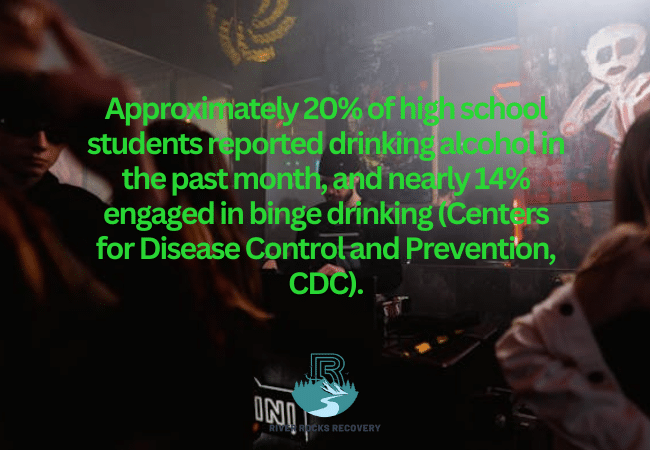
Preventing Substance Use Among Youth
Prevention is key to reducing substance use and equipping youth with the tools to make healthy decisions. A proactive approach involves education, emotional support, and community engagement.
1. Open Communication
- Talk Early and Frequently: Start conversations about substance use during early adolescence and continue the dialogue as your child grows.
- Be Honest and Nonjudgmental: Create a safe space where teens feel comfortable discussing their thoughts and experiences without fear of punishment.
- Address Peer Pressure: Role-play scenarios to help teens confidently say no to drugs or alcohol in social situations.
2. Build Resilience and Self-Esteem
- Encourage Positive Activities: Involvement in sports, arts, and volunteer work fosters a sense of achievement and belonging.
- Teach Coping Mechanisms: Provide tools like mindfulness, journaling, or exercise to help teens handle stress or negative emotions.
- Recognize Achievements: Celebrate accomplishments to reinforce positive behavior and boost self-confidence.
3. Set Clear Boundaries and Rules
- Establish Consequences: Make expectations about substance use clear, and outline consequences for breaking the rules.
- Monitor Behavior: Be aware of your teen’s activities, friends, and online behavior to ensure they stay in safe environments.
4. Address Mental Health Needs
- Screen for Mental Health Issues: Early identification and treatment of conditions like anxiety, depression, or ADHD can reduce the risk of self-medicating with substances.
- Seek Professional Help: Therapy or counseling can provide teens with tools to manage emotions and build resilience.
5. Limit Access to Substances
- Secure Household Substances: Lock away alcohol, prescription medications, and other potentially harmful items.
- Monitor the Environment: Be mindful of parties, gatherings, or locations where teens may encounter substances.
The Role of Professional Treatment
If substance use is already occurring, professional treatment is essential to help adolescents overcome dependency and regain control of their lives. Treatment programs are designed to address the unique needs of youth and provide a supportive path to recovery.
1. Tailored Treatment for Adolescents
- Developmentally Appropriate Care: Programs focus on the physical, emotional, and cognitive needs of young individuals.
- Family Involvement: Family therapy helps rebuild trust and establish healthy communication between teens and their loved ones.
- Educational Support: Treatment centers often provide academic resources to help teens stay on track with their studies.
2. Comprehensive Treatment Options
- Addiction Treatment Program: A full-spectrum approach that includes detoxification, therapy, and long-term relapse prevention strategies.
- Outpatient Treatment Program: Ideal for teens balancing school and treatment, offering flexibility while addressing substance use.
- Substance Abuse Treatment: Focuses on breaking the cycle of substance use, addressing its underlying causes, and providing healthier coping mechanisms.
- Alcohol Rehab Treatment: Specialized care for teens struggling with alcohol dependency, including therapy and peer support.
- Drug Rehab Treatment: Programs tailored to address specific substances like marijuana, prescription drugs, or illicit drugs.
- Opiate Rehab Treatment: Combines medication-assisted treatment (MAT) with behavioral therapy to manage opioid dependency.
- Methamphetamine Rehab Treatment: Designed to address the severe physical and psychological effects of methamphetamine use.
3. Evidence-Based Therapies
- Cognitive Behavioral Therapy (CBT): Helps teens recognize and change negative thought patterns contributing to substance use.
- Motivational Interviewing (MI): Encourages teens to explore their motivations for change and commit to recovery goals.
- Group Therapy: Provides a supportive environment where teens can share experiences and learn from peers.
4. Aftercare and Relapse Prevention
- Sober Living Programs: Structured environments that support young individuals as they transition back into daily life.
- Ongoing Counseling: Continued therapy ensures teens have the tools to handle triggers and stressors.
- Family Support Groups: Programs like Al-Anon or parent-focused groups help families stay involved in the recovery process.
Conclusion
Substance use among youth is a critical issue that requires proactive prevention and early intervention. By fostering open communication, addressing mental health needs, and seeking professional treatment when necessary, we can help adolescents overcome substance use challenges and build a brighter future.
If you or a loved one is facing substance use challenges, programs like Outpatient Treatment, Drug Rehab Treatment, and Substance Abuse Treatment at an Addiction Treatment Center in Ohio provide the tools and support necessary for lasting recovery. Take the first step and contact us today at (888) 905-6281.
FAQ on Substance Use Among Youth
What are the common signs of substance use among youth?
Signs include changes in behavior (secrecy, withdrawal from family, academic decline), physical symptoms (bloodshot eyes, weight changes, poor hygiene), and emotional shifts (mood swings, anxiety, or depression).
Why do adolescents turn to substances?
Factors include peer pressure, mental health struggles, curiosity, easy access to substances, and family environments where substance use is normalized.
How can parents prevent substance use in teens?
Prevention strategies include open communication, fostering resilience, setting clear boundaries, addressing mental health needs, and limiting access to substances.
What treatment options are available for youth struggling with substance use?
Treatment options include Addiction Treatment Programs, Outpatient Treatment Programs, Substance Abuse Treatment, Alcohol Rehab Treatment, and Opiate Rehab Treatment, tailored to the unique needs of adolescents.
Can professional treatment help teens recover from substance use?
Yes, professional treatment provides evidence-based therapies, family support, and long-term care to help teens overcome substance use and rebuild their lives.










